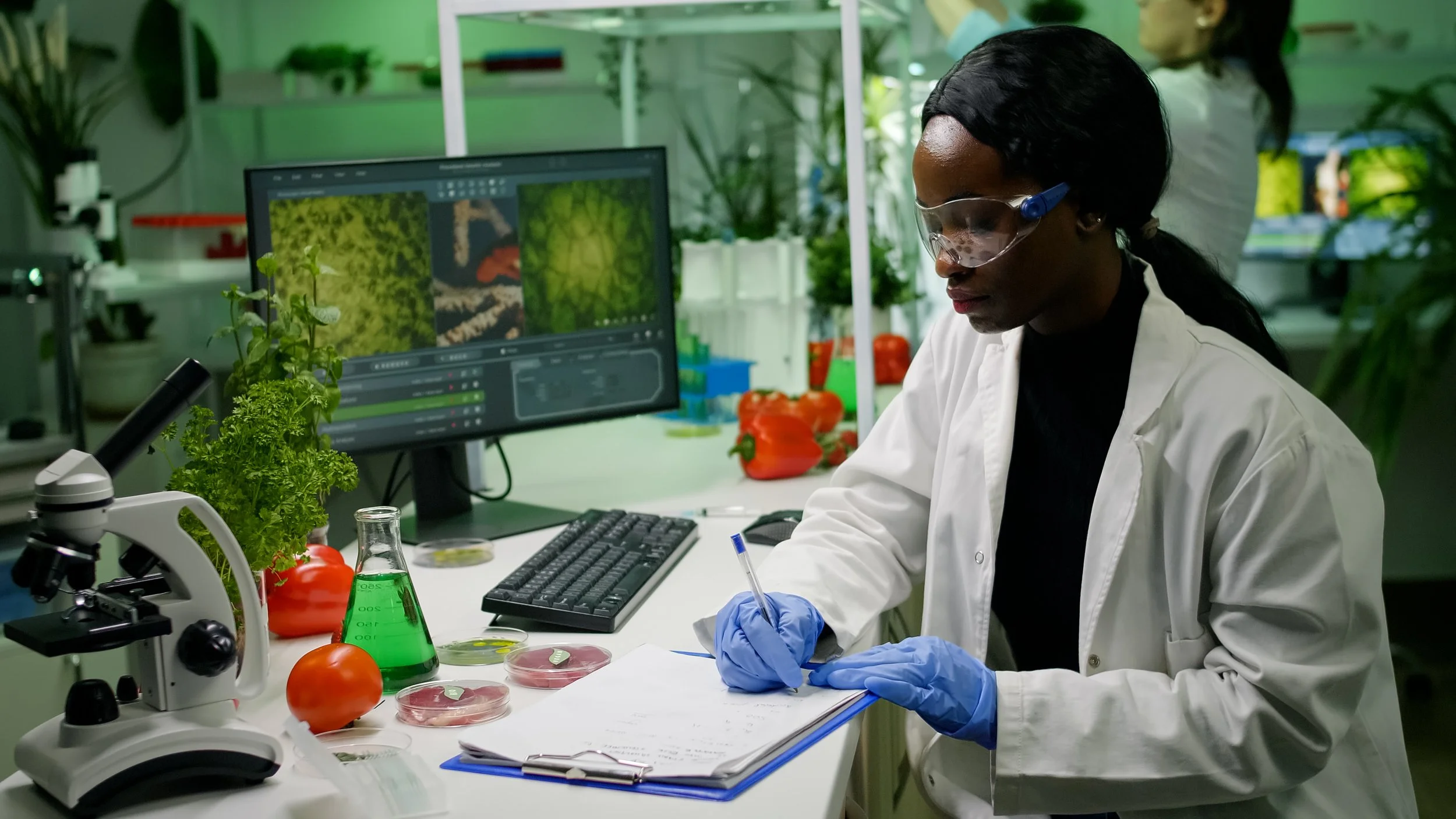Achieving the potential of the US bioeconomy
The US bioeconomy (biotechnology-based economic activity) currently contributes 5.1 percent or more of US GDP and has tremendous growth potential. Realizing that potential requires, among other efforts, investment by the government to advance innovation infrastructure including regulatory frameworks that are open to new technologies and don’t obstruct them.
A new report from the Schmidt Futures task force highlights the needs in synthetic biology research and development, workforce development, and the regulatory and policy environment to advance biobased and bio-enabled applications in advanced materials, foods, environmental remediation, agriculture, energy, chemicals, electronics, and health.
The report focuses on federal actions but highlights opportunities for action by industry and philanthropic groups and has implications at the local, state, and regional levels.
The task force recommends, and Vireo endorses:
• Sufficient funding for regulatory agencies so that they can effectively and efficiently assess new technologies;
• Significant funding for synthetic biology research and development work through a proposed Bioproduction Science and Engineering Initiative (BSEI);
• Creation of a national bioproduction infrastructure; and
• Incentives to educational institutions to build bioproduction curricula and certification programs.
Within the next two decades, if these recommendations are followed, a well-developed bioeconomy will transform US manufacturing. More than a billion tons of sustainable biomass will replace petroleum to create products of the future. The US could capture a significant stake in the $4 to $30 trillion global industry creating 1.1 million high-paying and intellectually satisfying jobs.

